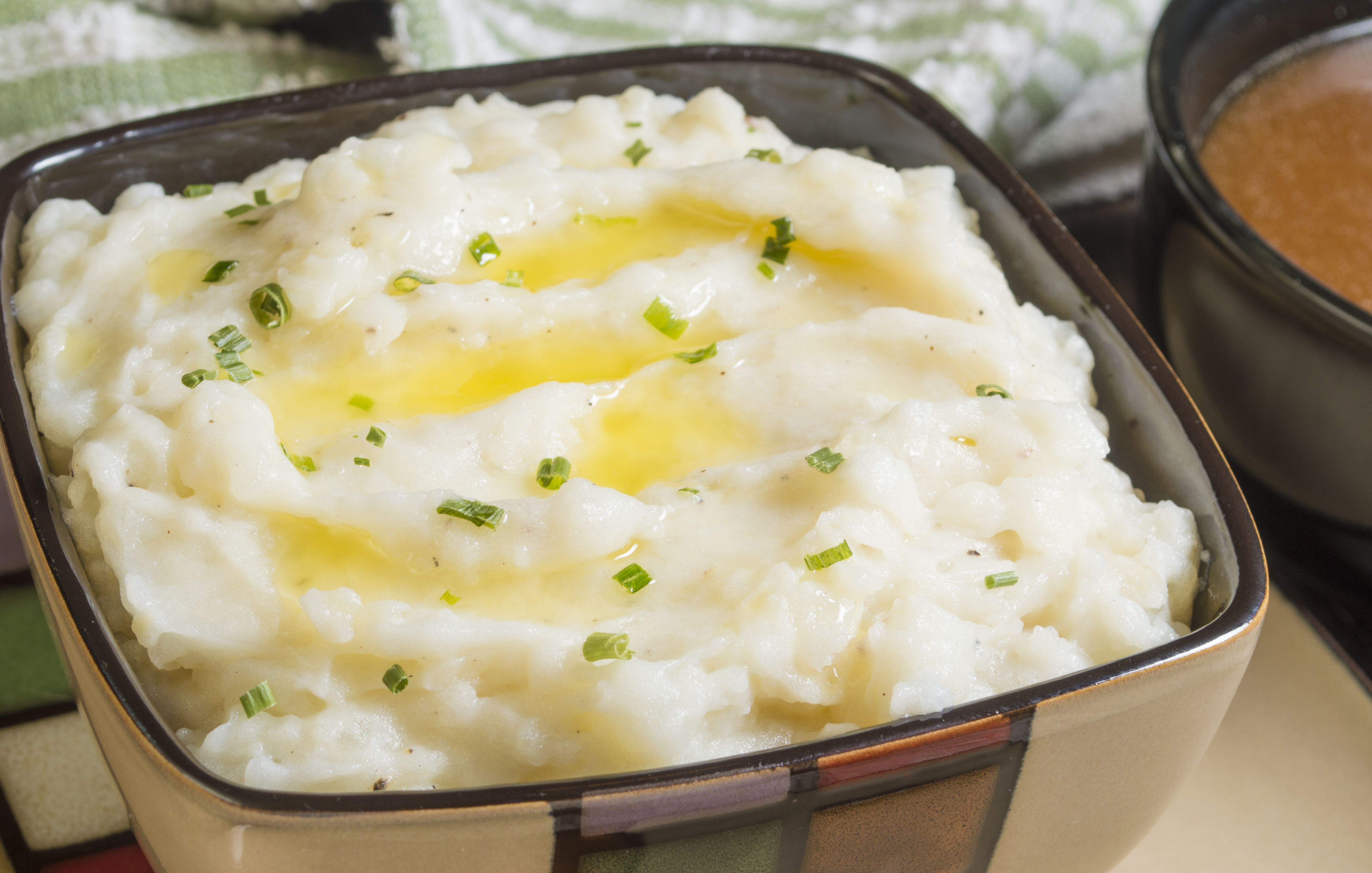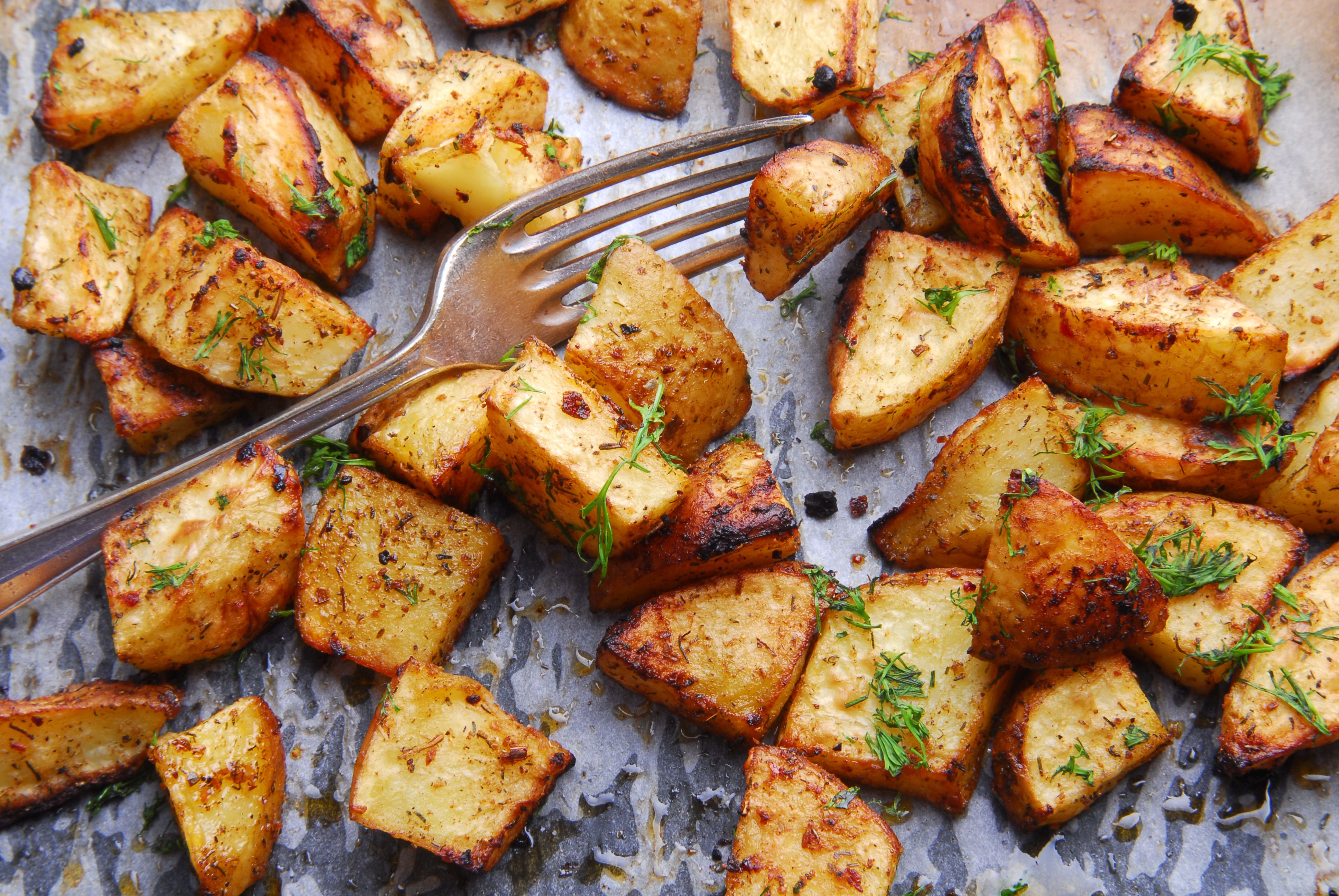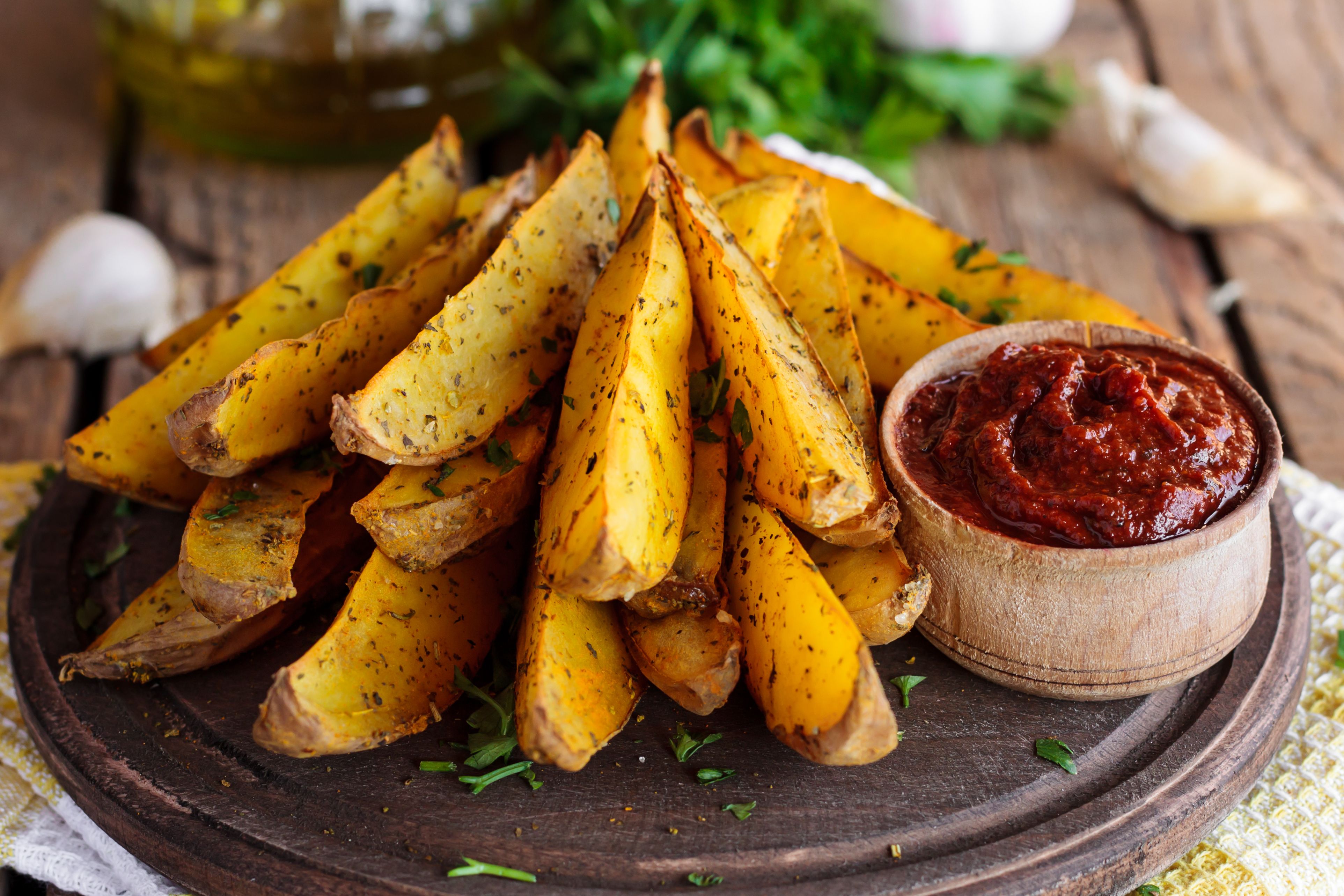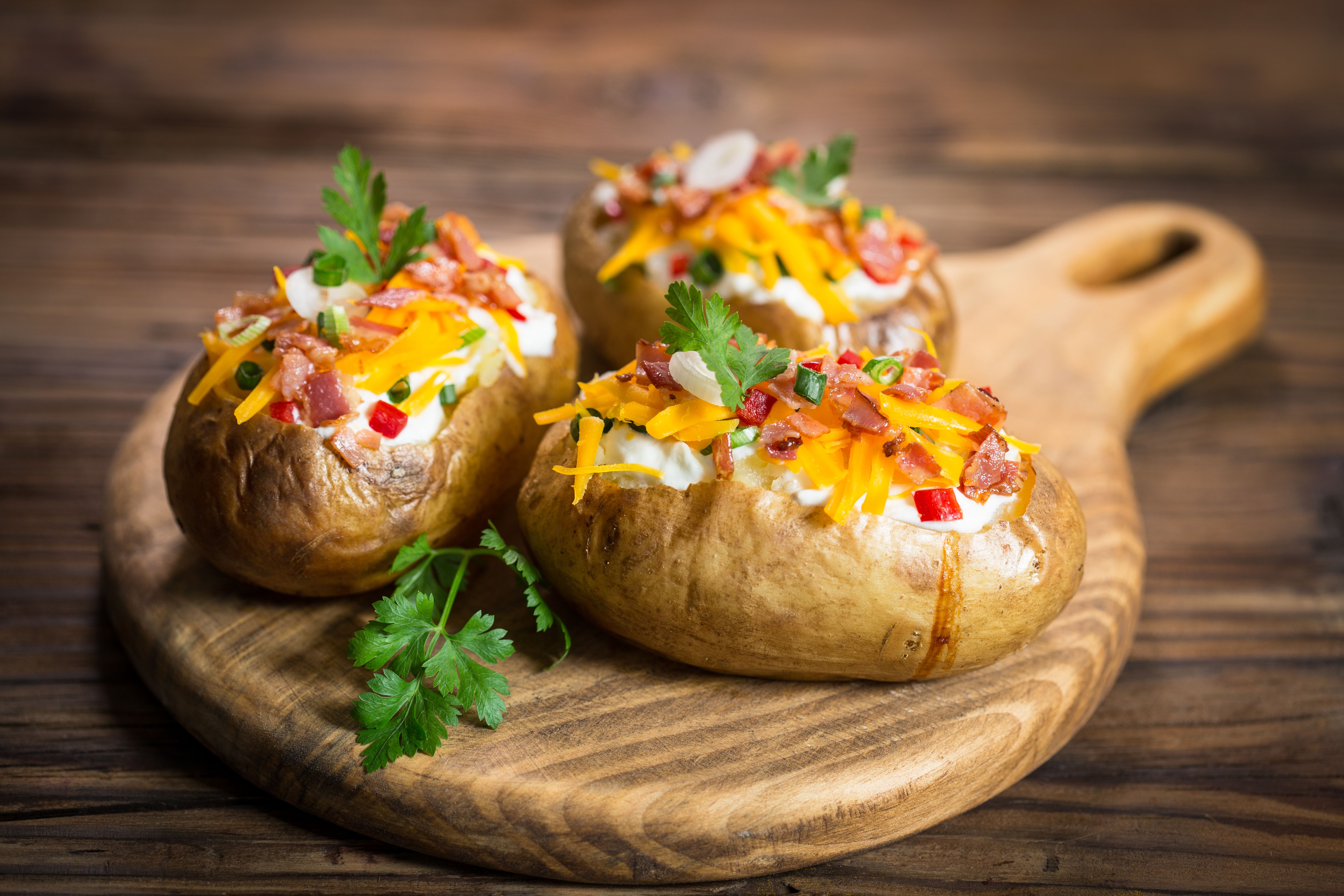It's not always easy figuring out what to do with a potato. The most common approach is to boil it, as is ingrained in many cultures, but that's not always the most efficient when it comes to the potato type, its flavor, and, most importantly, its texture. Mashed potatoes are voted overwhelmingly the best Thanksgiving side dish year after year and it's no surprise, considering it's one that's easy, quick, and versatile. Potatoes can be flavored simply with butter or intricately with additions of cream, sour cream, cheese, and even bacon or another protein. However, flavoring the potato isn't often the problem... The real problem begins in the grocery store, as a person is standing in front of the potato display, trying to decide which ones are best used for which dish.
Everyone has been there, especially when the holidays call for a problem such as this to arise. Vegetables, such as artichokes, have long-stumped many a foodie, and potatoes, despite their simplicity, are really no different. We know exactly how to eat them but in a bizarre twist of fate, many of us don't often know how to treat one depending on its origins and type. However, all of that confusion ends right here and now with a definitive guide for what to use, when, and how.
Traditional Mashed Potatoes
This one is simple and the dish that most people can guess the right potato type for. Russets, or Idaho potatoes, are the best option for something such as this. Mashed potatoes are a decadent dish and the high starch content adds to this richness, making for a potato that's tender when boiled, crispy and meltable when roasted, and crunchy yet moist when fried.
For the mashed route, potatoes are best cooked in milk or a milk and water mixture as this will add to the richness, rather than dumping in a ton of cream after the fact. Fluffy mashed potatoes result from a strong ratio of higher milk to butter content, while the more dense, sticky mashed potatoes can be achieved from adding equal parts butter and milk or more butter (or only butter). Adding things such as cheese, cooked bacon, and fresh herbs (chives, dill, parsley), will only serve to enhance the flavor. Pro tip: Do not over-mash.
Toasted Roasted Potatoes
Roasting potatoes has become a popular alternative to mashing them as they're slightly healthier since all of that milk and butter are excluded from the recipe. Rather, potatoes can be roasted in olive oil and dried herbs can be used for flavoring. Russet potatoes can also be used for this but the best options are new potatoes, along with Peruvian.
New potatoes are smaller than Russets and have a texture that holds up well to high heat. Rather than turning into mush, they're crisp beautifully on the exterior while remaining tender and buttery on the inside. Turning the potatoes halfway through cooking will ensure an even golden-brown color on all sides and make for a delicious side dish with a light dijon vinaigrette or combination of herbs and butter. Pro tip: The miniature purple (often mixed with white potatoes) found in the grocery store also make a perfect roasting potato.
Deep-Fried Potatoes
The options are a little slimmer when it comes to frying a potato. Most commonly, russets are used because they're large, can be sliced thickly, and hold up extremely well to hot oil temperatures. White potatoes are also used if russets can't be found and both produce a wonderful result in terms of frying.
The best method for frying is to allow the chopped potatoes to soak for 30 minutes prior to cooking, according to The Spruce Eats, and then dry before frying in oil that has reached a temperature of 340 degrees F. Then, fry them again (a method called double-frying) at a higher temperature of 375 F for the perfect crispness.
The Favored Baked Potato
Long white potatoes, Peruvian, and russets are all good options for baked potatoes (obviously, the russet is the most commonly used). In order to make the perfect baked potato, it should be cooked at a temperature of 425 degrees F for 35 minutes and up to one hour, depending on how crispy the skin should be.
Rubbing oil on the exterior of the potatoes will help to crisp and cook the skin, and they can be topped with anything from sour cream to cheese and chili and anything in between. Pro tip: Scoop the insides out and mix with toppings, then put the filling back into the potato and top with even more goodness.




